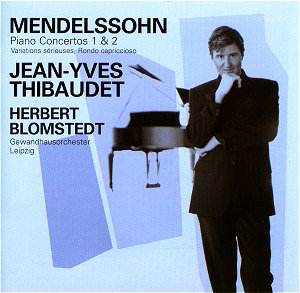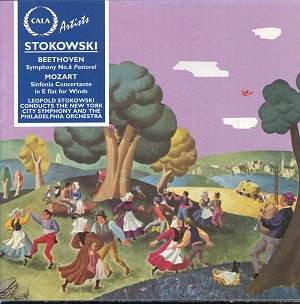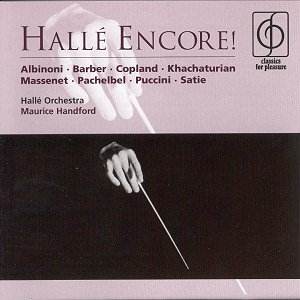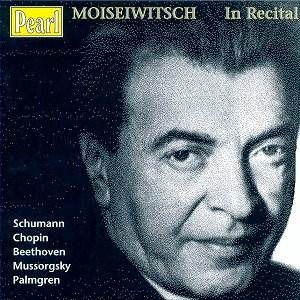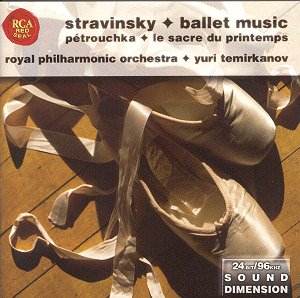 Composer: Igor Stravinsky
Composer: Igor Stravinsky
Works: Pétrouchka (1919 version), Le Sacre du Printemps
Performers: Royal Philharmonic Orchestra, Yuri Temirkanov (conductor)
Recording: Recorded 1988, venue not specified
Label: RCA RED SEAL 74321 68020 2 DDD [71:17]
Stravinsky’s oeuvre, particularly his ballet scores, marks a watershed moment in the evolution of 20th-century music. “Le Sacre du Printemps,” composed in 1913, shattered conventions with its rhythmic complexity and dissonant textures, while “Pétrouchka,” first realized in 1911, offers a vivid tableau of Russian folk life and emotion through its innovative orchestration. Both works are seminal, each encapsulating the composer’s revolutionary approach to rhythm and orchestral color. Yuri Temirkanov’s 1988 recording with the Royal Philharmonic Orchestra presents these iconic pieces, albeit with a performance that often feels constrained and lacking in the visceral energy that Stravinsky’s music demands.
Temirkanov’s interpretation of “Le Sacre du Printemps” is marked by a certain reticence that undermines the score’s inherent ferocity. The opening, “The Augurs of Spring,” should erupt with a primal vitality, yet here it unfolds with a studied restraint. The RPO’s brass, typically a powerhouse in Stravinsky’s orchestration, seems to merely echo rather than assert its presence, lacking the sharpness and incisive attack that is vital for conveying the work’s raw emotional power. Comparing this to Gergiev’s recent interpretation with the Kirov Orchestra reveals a stark contrast; Gergiev’s approach is characterized by audacious tempo choices and a palpable sense of danger, particularly in the climactic moments where the music’s frenetic energy should overwhelm the listener. Temirkanov’s brass and percussion, while competent, fail to evoke the seismic impact that Gergiev achieves, leaving the listener yearning for the earth-shattering thump that should accompany the closing moments of the “Sacrifice.”
“Pétrouchka,” in its 1919 version, opens with the vibrant chaos of “The Shrove-tide Fair,” a scene bustling with life and color. Unfortunately, Temirkanov’s reading does not capture this vivacity. The strings, particularly in the initial bars, sound recessed and lack the vividness required to bring the bustling fair to life. The lack of dynamic contrast and rhythmic buoyancy diminishes the excitement inherent in Stravinsky’s choreography of sound. While the Russian Dance that follows offers a slight improvement, the overall performance lacks the refinement and character that one finds in more distinguished interpretations, such as those by Gergiev or even Stravinsky’s own historical recordings.
Sound quality, though typically satisfactory for RCA’s output, does not mitigate the performance’s shortcomings. The orchestral balance is often skewed, with strings and woodwinds somewhat muted against the brass, which detracts from the clarity of Stravinsky’s intricate counterpoint. Given the wealth of recorded performances available today, including Stravinsky’s own interpretations which serve as both a reference and a historical document, the Temirkanov recording struggles to find its place as a recommended listening experience.
For those new to Stravinsky’s ballet music, this disc may serve as a budget introduction, offering a glimpse into the composer’s innovative world. However, for seasoned listeners seeking the full spectrum of Stravinsky’s genius, the lack of interpretative boldness and the missed opportunities for dynamic expression render this performance less compelling. The distinctions between this recording and the more electrifying interpretations available are striking enough to suggest that one might do better to invest in a more adventurous approach to these masterworks. A more vibrant and daring interpretation is essential to fully appreciate the transformative power of Stravinsky’s music, making Temirkanov’s offering ultimately a missed opportunity.
